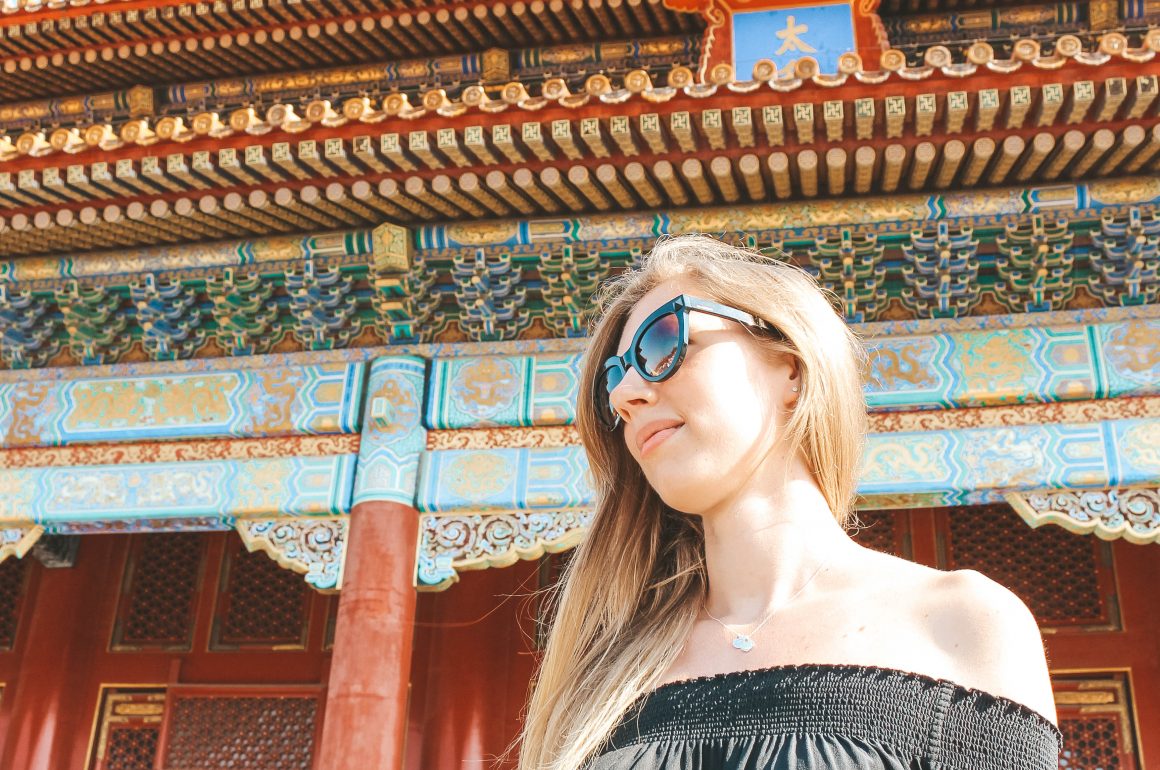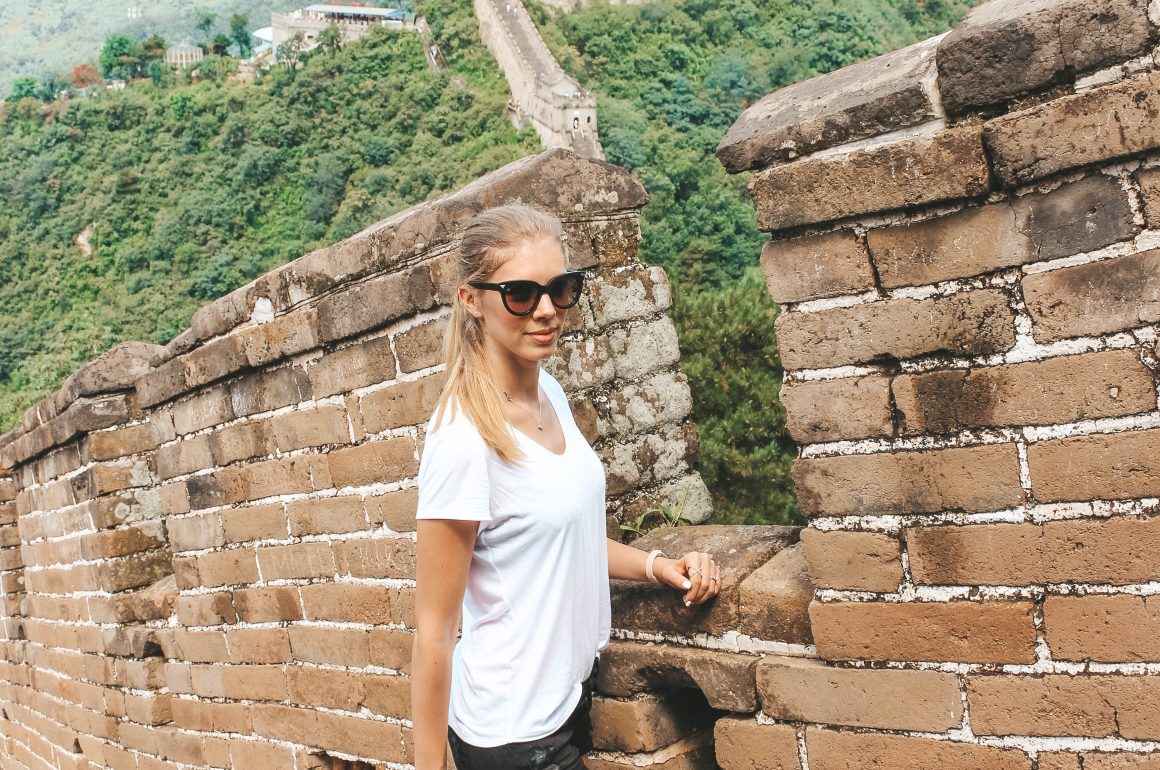Inside the Forbidden City, Beijing, China – August 2016. Before I start to share my personal experience I would like to give you a couple of background information about the Forbidden City.
Historical information about the Forbidden City
The Forbidden City is the best-preserved imperial palace in China dating back to the Ming and Qing dynasties. It is one of the largest ancient palatial structures in the world. Nowadays called the Palace Museum it was nominated in 1987 as World Cultural Heritage by UNESCO. The Forbidden City has a rectangular structure with – the numbers run from 8,707 to 9,999 – rooms, covering 183 acres and is surrounded by a 20-ft deep moat and a 33-ft high wall with a gate on each side including four corner towers. All the major buildings are wooden structures roofed with bear yellow glazed tiles, red walls and surrounded by a white marble terraces. The Forbidden City is divided into two parts: the Outer Court (or Southern Section) where the Emperor held the office of his supreme power over the nation and the Inner Court (or Northern Section) where the Emperor lived together with his family, through 1924, 14 Ming and 10 Qing emperors had lived here.










